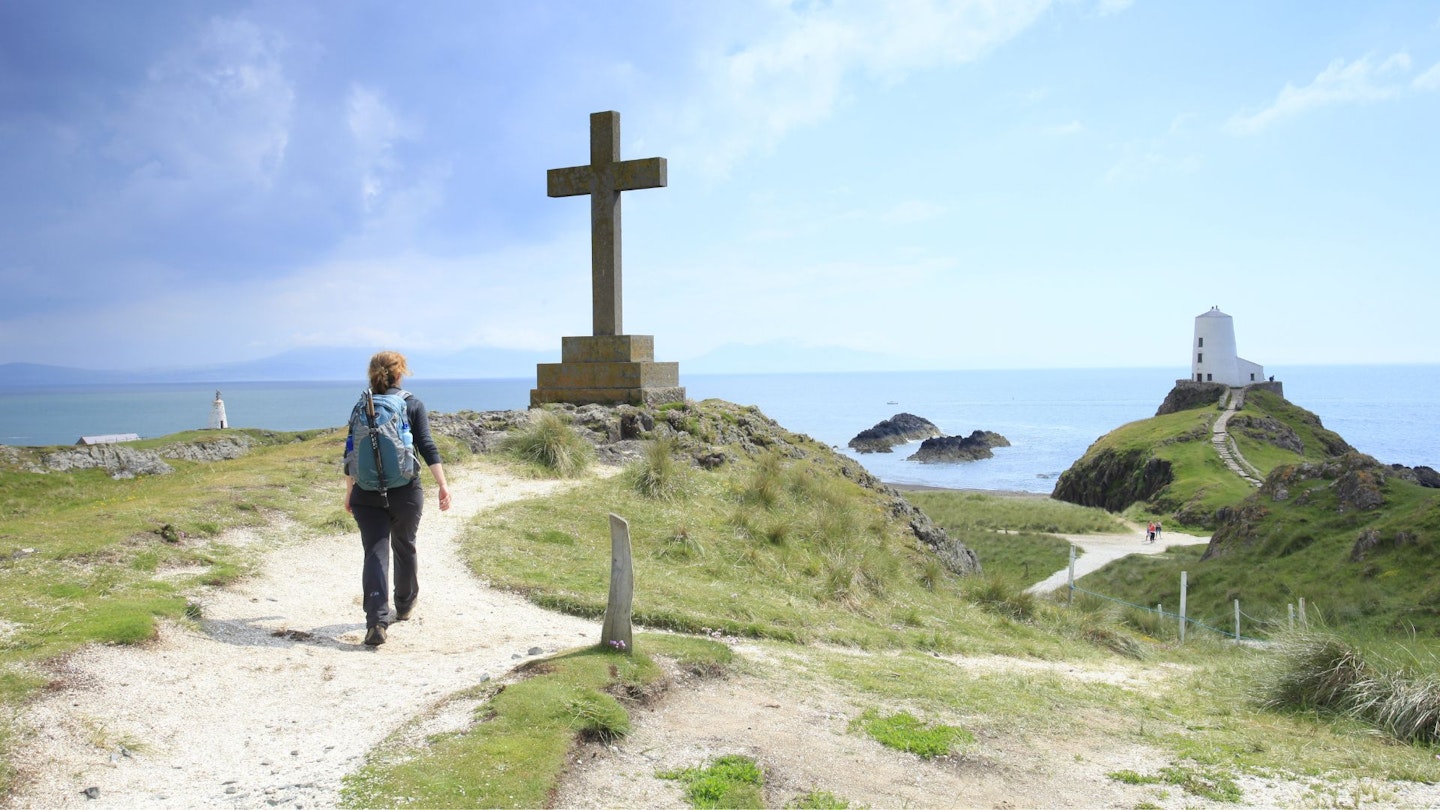With their chiselled cliffs, sweeping sea views and sandy beaches, the islands off coast of mainland Britain boast of some of the best coastal walks in the world. But did you know you can walk the entire way round some of them?
The south and west coasts of Britain are dotted with small islands, from the Isle of Wight to the Outer Hebrides. Several of these are encircled by coastal footpaths where the sea is your constant companion, yet the views rarely feel samey.
Walking all the way around an island is one of the most satisfying ways to explore it. There's a unique sense of completeness in knowing you haven’t missed a single stretch of coastline. And along the way, you might just discover a hidden cove or deserted beach.
In this article, Jenny Walters highlights five British islands you can circumnavigate by coastline, from day hikes to multi-day adventures.
5. All in a day: Lundy, Devon

This hunk of granite 12 miles off the north coast of Devon is the largest island in the Bristol Channel and just the right Goldilocks size to circumnavigate in a day.
Eight miles of coastal footpath will tour you round Lundy’s chiselled clifftops, by views that skip across the waves to Cornwall, Exmoor, Gower and west over an expanse of Atlantic that doesn’t lap land again until the Americas.
In the nearer seas, dolphins frolic and basking sharks gape through warm summer waters after plankton, while birds crowd the crags with nests and call in on migration.
Lundy’s history is as turbulent as the ship-wrecking seas in which it sits. Marauding Vikings gave it the name, meaning Puffin Island. The wild Marisco family owned it for over a century, even after one of them was hung, drawn and quartered for treason in 1242.
It’s seen pirates, smugglers and a businessman minting his own coins – and then peace, as it was gifted to the National Trust in 1969.
Buildings include a castle, a church, a pub that never shuts, a shop where you can buy only-on-Lundy Puffin stamps, and 23 self-catering cottages run by the Landmark Trust if you want to stay (and we reckon you will) for more than one day.
4. Make it a weekend: Vatersay, Outer Hebrides
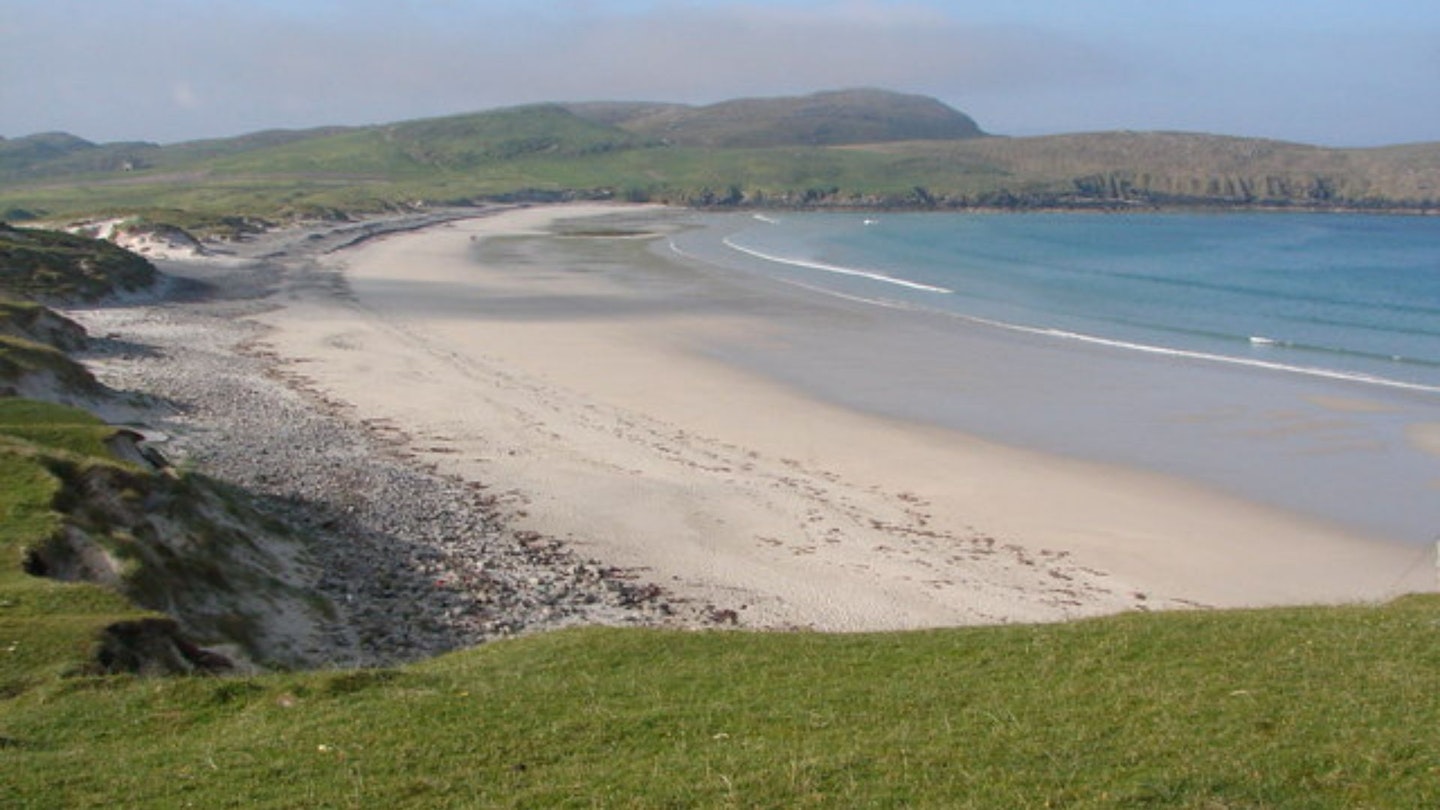
It’s the most southerly inhabited island in the Outer Hebrides, and home to the most westerly settlement in Britain. Exploring here feels like you’ve walked into an idyllic castaway film – one in which you’ll need to forge your own route over pathless rock-pocked moors, wildflower-rich machair and deserted beaches.
Vatersay’s shape – much like an hourglass with a narrow sandy middle – makes it ideal for a weekend adventure, as you camp by the back-to-back beaches at its waist, and loop the north one day (roughly eight miles round) and the south the other (six-ish miles).
The isle is sparsely provisioned so it’s worth bringing supplies over the causeway from Barra, built to link the isles in 1991. There is a café at the community hall (plus a campsite with loos and showers) and a bright pink Piece of Cake honesty box stuffed with sweet treats in the main village.
Vatersay is also the start of Britain’s ultimate island-hopping trail, the Hebridean Way, which walks 158 miles across nine more of the Outer Hebrides en route to the Butt of Lewis, north of the Isle of Harris.
3. Take a week: Isle of Wight
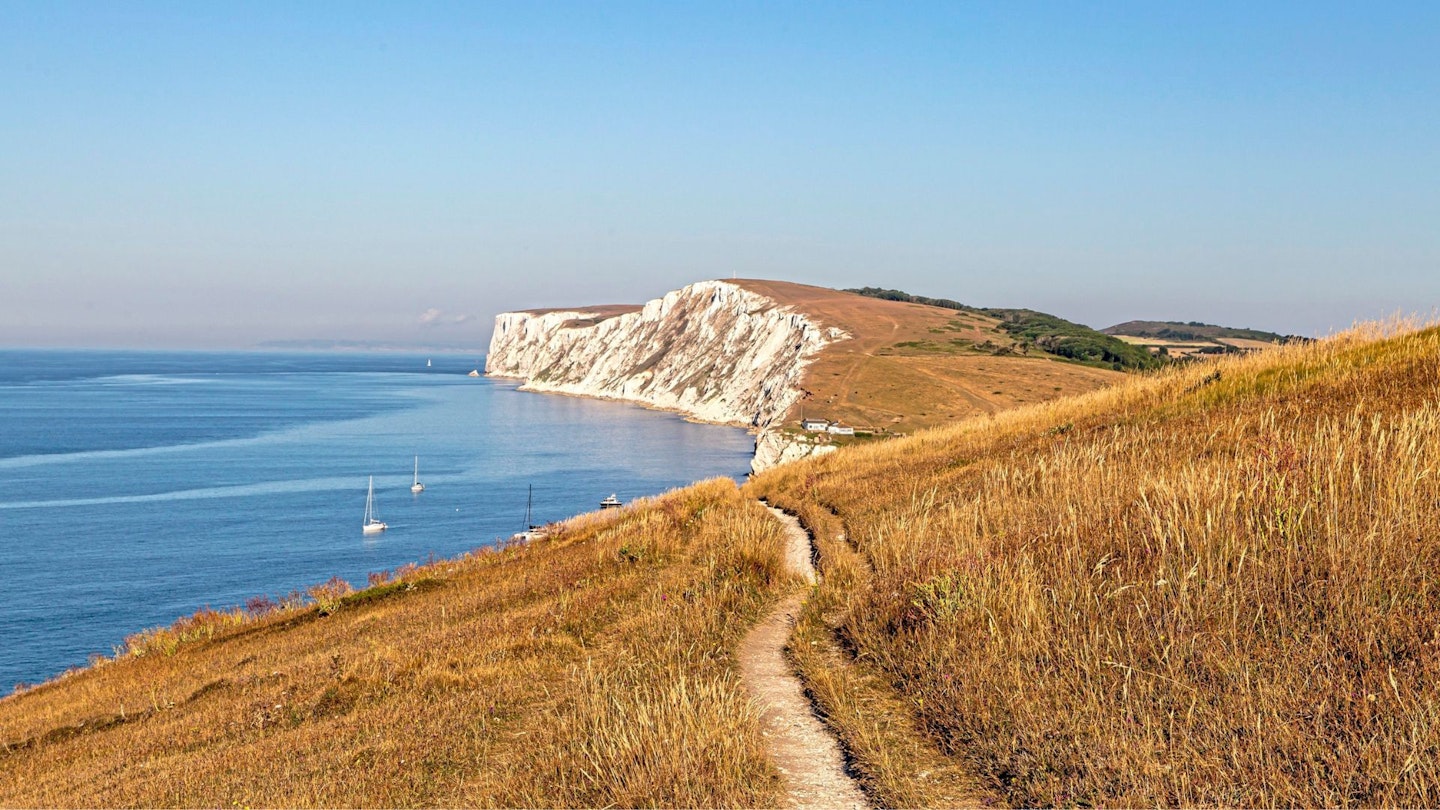
A few round-island trails hit the week-long sweet-spot, but our first recommendation for the ultimate summer holiday lies in the sunny Solent, on the Isle of Wight Coastal Path.
Its 70 waymarked miles roll steadily around the diamond-shaped island, stretching west to the famous chalk pinnacles of The Needles and hitting a high at just over 500 feet at St Catherine’s Point at the southern tip.
Some stretches are deliciously rural, including the turf-topped Tennyson Down beloved by the Victorian Poet Laureate; other legs are busier, but give you the chance for an ice-cream on the prom.
2. Take a week: Isle of Man
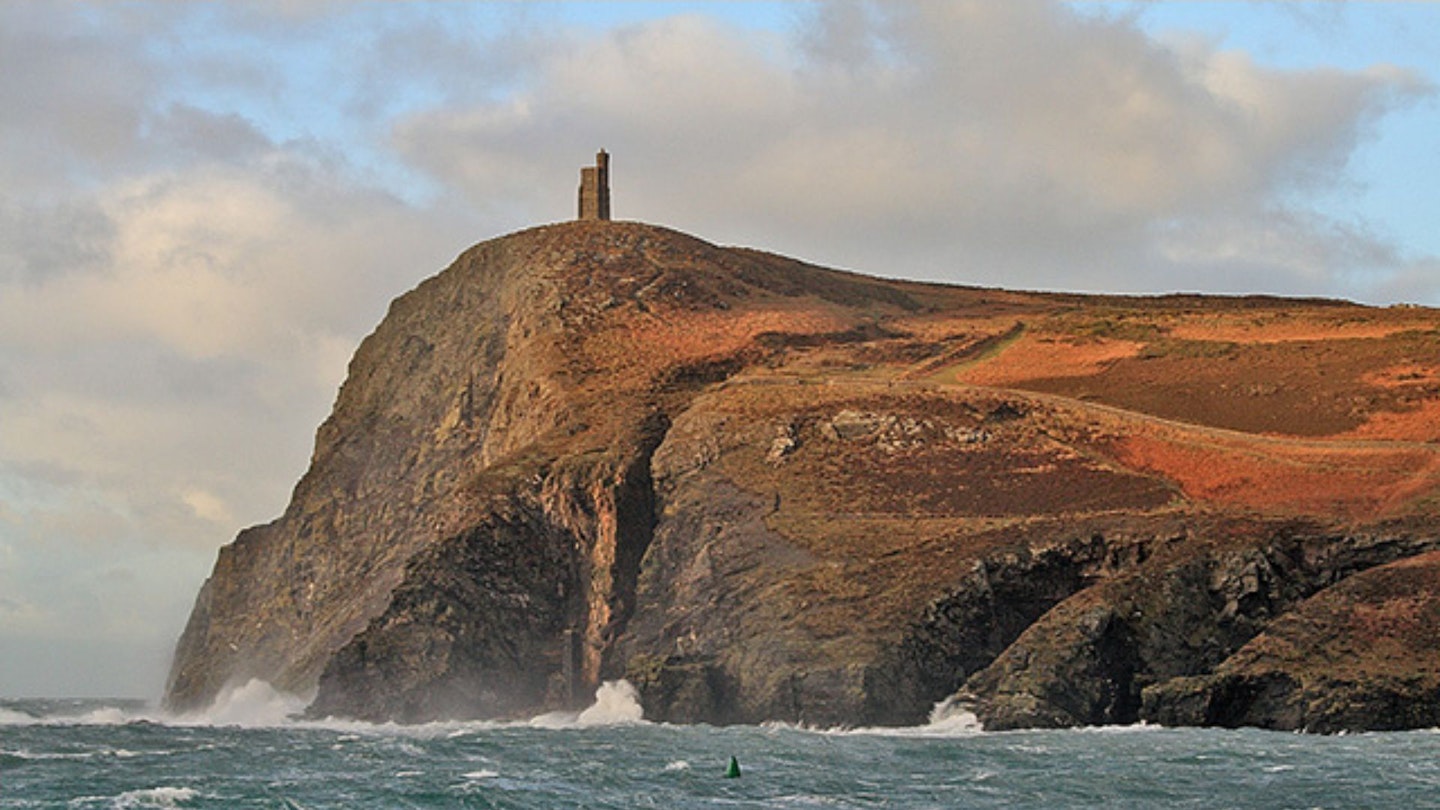
And secondly, the Isle of Man. Set like a diamond in the Irish Sea, this is an island full of wonders.
It might be just 13 miles wide and 33 miles long, but it has just under 100 miles of coastline, and all of that is covered by the epic Raad ny Foillan, which is Manx Gaelic for The Way of the Gull.
Not just one of the greatest coastal paths in the world, but one of only a handful which allow you to entirely circumnavigate a nation. (The island is a British Crown dependency but it has its own parliament and is not part of the United Kingdom.)
The route is sensational, offering clifftop footpaths, sandy beaches, wooded glens and gentle farmland. The coastal paths, glens and farmland are rich in flowering plants and shrubs, while seabirds soar overhead, making this a nature lover’s paradise.
Seven days is the perfect window for the walk, although it can be done in five strenuous days or 10 more relaxed days.
Or you can focus on some of the most exciting sections and use the island’s unique public transport to complete the loops: the Isle of Man Steam Railway, the Manx Electric Railway and even horse-drawn trams link some of the very best sections of the coastal path.
1. 12 Days Plus: Ynys Môn
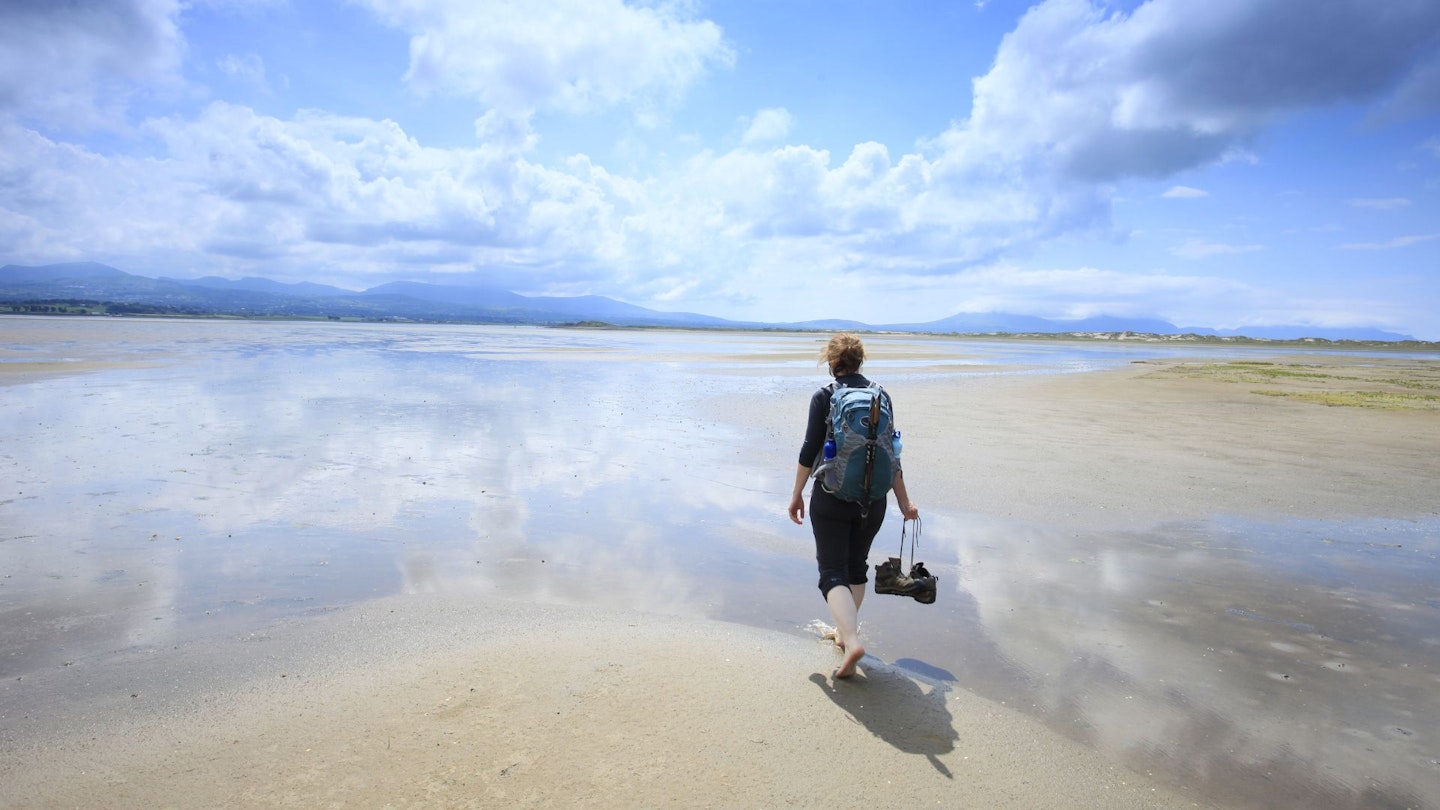
The Isle of Anglesey Coastal Path in fact circuits two islands, as its 130 miles take in both Wales’ largest isle and its near neighbour of Holy Island – and if you detour 400 steps down a cliff and cross to South Stack you’ll add a third.
Many walkers take 12 days but there’s much to linger over, including more than 100 different types of rock accumulated over 1.8 billion years, which have earnt Ynys Môn a UNESCO geopark designation.
The north coast tends to gnarly, the southern tends to sand, including long stretches with views to the mainland peaks of Snowdonia. And if you head out to Ynys Llanddwyn, a tidal isle linked with Wales’ patron saint of lovers, you’ll nudge that island count up to four.
